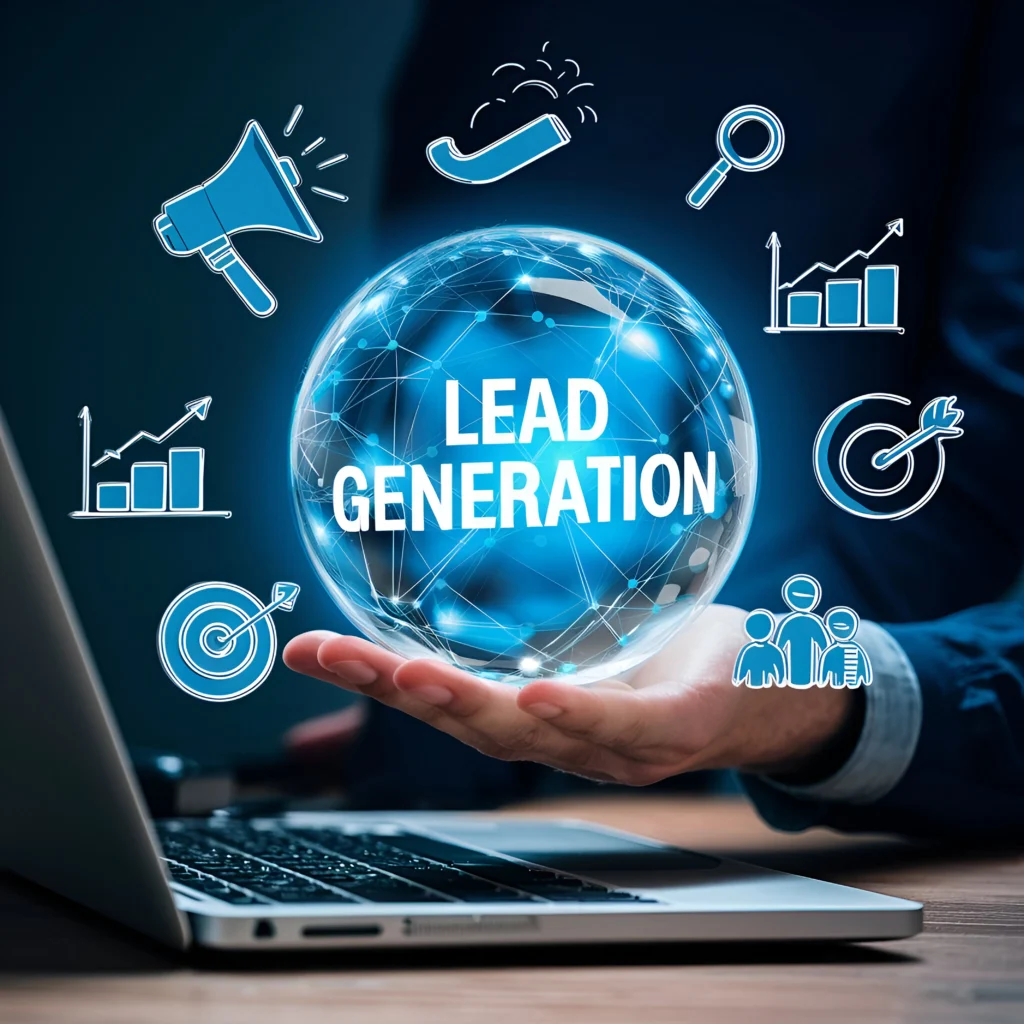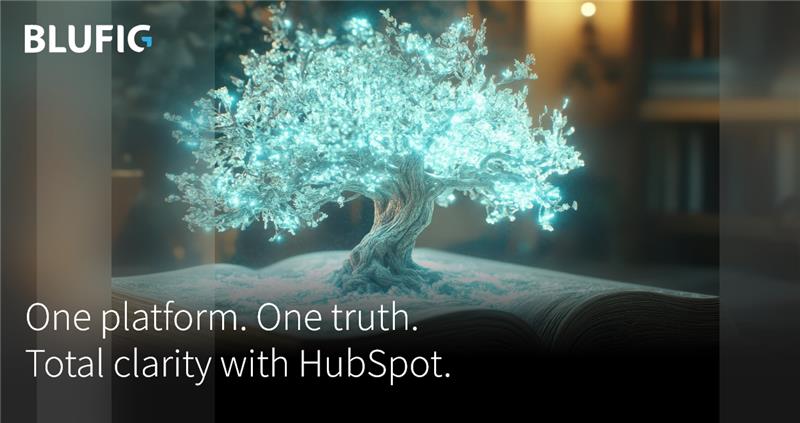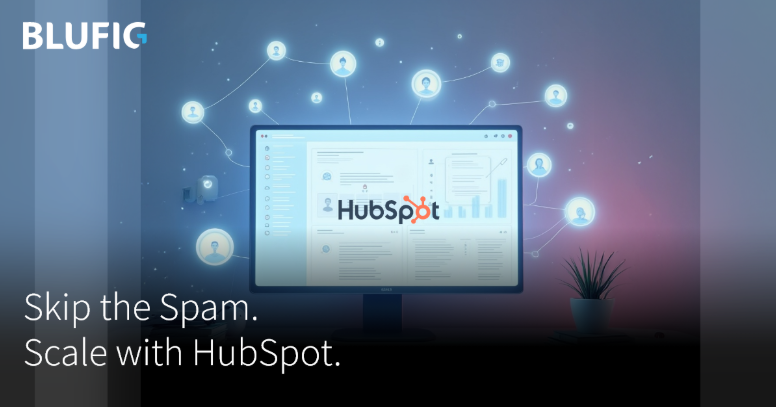In today’s competitive B2B landscape, businesses are increasingly turning to marketing automation services to streamline processes, enhance lead generation, and optimize their sales funnels. Marketing automation allows companies to automate repetitive marketing tasks, nurture leads, and deliver personalized experiences to prospects at scale. This comprehensive guide will explore how marketing automation works, the benefits it offers B2B businesses, and how companies can leverage it to maximize their marketing efficiency.
What is Marketing Automation?
Marketing automation refers to the use of software platforms that automate repetitive marketing activities, such as email marketing, social media posting, lead nurturing, and customer segmentation. By implementing marketing automation solutions, companies can deliver the right message to the right audience at the right time, all while reducing the need for manual intervention.
This technology helps businesses manage large-scale marketing campaigns, track customer behaviors, and generate insightful analytics, enabling them to make data-driven decisions that boost the performance of their sales funnels.
The Importance of Marketing Automation for B2B Companies
B2B businesses often deal with long and complex sales cycles, where buyers require consistent engagement before making purchasing decisions. Marketing automation services are particularly valuable in this context because they allow businesses to maintain consistent, personalized communication with prospects throughout their journey—from awareness to conversion.
By automating key touchpoints in the customer journey, companies can ensure that leads are engaged at critical moments, improving the chances of converting them into paying customers.
Key Benefits of Marketing Automation
- Increased Efficiency: Marketing automation reduces the time and effort needed to execute repetitive tasks, allowing teams to focus on strategic initiatives like creative content development, campaign strategy, and customer relationship management.
- Enhanced Lead Generation: Automated lead nurturing helps move prospects through the sales funnel by sending targeted, personalized content based on their behavior and interests, improving conversion rates.
- Improved Sales and Marketing Alignment: By integrating marketing automation with Customer Relationship Management (CRM) tools, businesses can align marketing and sales teams, ensuring a smooth handoff of leads and consistent communication across both departments.
- Better Data and Analytics: Marketing automation platforms provide detailed insights into campaign performance, allowing businesses to analyze and optimize their efforts for better results.
- Scalable Marketing Campaigns: As your business grows, marketing automation can scale alongside it, enabling you to reach more prospects without increasing the workload on your marketing team.
Core Components of Marketing Automation Services
1. Email Marketing Automation
Email marketing remains a powerful tool for B2B businesses, but managing large-scale campaigns manually can be time-consuming. Marketing automation solutions streamline the process by automating tasks such as segmenting email lists, personalizing content, scheduling emails, and tracking responses.
Key Features:
- List Segmentation: Divide your audience into smaller segments based on behavior, preferences, or demographics, ensuring that each group receives relevant content.
- Personalization: Automatically tailor emails with personalized greetings, product recommendations, and other dynamic content, making each message more engaging.
- A/B Testing: Test different versions of your emails to identify which designs, subject lines, or calls to action resonate best with your audience.
2. Lead Scoring and Nurturing
Lead scoring helps businesses prioritize prospects based on their level of engagement, allowing sales teams to focus on the most promising leads. Lead nurturing, on the other hand, involves sending targeted content to guide prospects through the sales funnel until they are ready to convert.
Key Features:
- Behavioral Tracking: Automatically monitor how prospects engage with your content, whether they’re opening emails, downloading white papers, or visiting your website.
- Dynamic Lead Scores: Assign scores to leads based on their actions, and adjust those scores automatically as they interact with your content.

3. Multi-Channel Marketing Campaigns
B2B businesses need to reach prospects across multiple channels, including email, social media, and paid advertising. Marketing automation allows businesses to run integrated, multi-channel campaigns that deliver a consistent message to prospects no matter where they are.
Key Features:
- Omnichannel Engagement: Deliver personalized content via email, social media, and other channels, ensuring that prospects receive a consistent brand experience.
- Campaign Tracking: Measure the performance of each channel to understand which platforms are driving the most engagement and conversions.
4. CRM Integration
A successful marketing automation strategy relies on seamless integration with a company’s CRM system. This integration allows for the automatic syncing of data between the marketing and sales teams, ensuring that both departments are working with the same information to manage leads and customers.
Key Features:
- Real-Time Data Syncing: Automatically update contact information, lead scores, and engagement history in both your marketing automation platform and CRM.
- Full Customer Journey View: Gain insights into every interaction a lead has with your brand, from initial contact to sale, helping you make data-driven decisions.
5. Analytics and Reporting
One of the most significant advantages of marketing automation is its ability to provide real-time insights into the effectiveness of your campaigns. Detailed analytics and reporting tools allow businesses to track their performance, identify trends, and make informed adjustments to improve outcomes.
Key Features:
- Campaign Performance Tracking: Monitor key metrics such as open rates, click-through rates, and conversion rates, helping you understand which campaigns are delivering the best results.
- ROI Reporting: Get a clear picture of how your marketing efforts are contributing to revenue, allowing for better allocation of resources.
Steps to Implement an Effective Marketing Automation Strategy
While marketing automation can bring tremendous benefits, its success depends on proper implementation. Here are the key steps to consider:
1. Define Your Objectives
Before diving into marketing automation, it’s essential to define your goals. Whether you want to generate more leads, nurture existing ones, or improve overall engagement, having a clear objective will help shape your automation strategy.
2. Choose the Right Marketing Automation Solution
Selecting the right platform is critical to your success. Look for marketing automation solutions that align with your business’s unique needs, whether it’s email marketing, lead scoring, or multi-channel engagement.
3. Develop Targeted Content
Content is a crucial part of any marketing automation strategy. Create content that resonates with your target audience at different stages of the buyer’s journey. Ensure that you offer valuable, relevant information that helps move prospects further down the sales funnel.
4. Segment Your Audience
Audience segmentation allows you to deliver personalized content that addresses the specific needs and interests of different buyer groups. Use behavioral data and demographic information to segment your audience and tailor your marketing efforts accordingly.
5. Set Up Automated Workflows
Workflows are automated sequences of actions that are triggered by specific events, such as a lead downloading an ebook or signing up for a webinar. Set up workflows to deliver timely, relevant content based on a lead’s behavior, helping to nurture them through the sales funnel.
6. Monitor and Optimize
Once your marketing automation strategy is in place, continuously monitor performance using analytics and reporting tools. Identify areas for improvement and make data-driven adjustments to optimize your efforts.
Best Practices for Marketing Automation Success
1. Keep Your Data Clean
Ensure that your contact lists are up-to-date and organized. Clean data is essential for effective segmentation and targeting, allowing you to reach the right people with the right message.
2. Personalize Your Communications
Personalization is key to increasing engagement. Use dynamic content and behavioral data to create personalized emails, ads, and other marketing materials that resonate with your audience.
3. Test and Iterate
Regularly test different elements of your campaigns, such as subject lines, messaging, and content formats. Use A/B testing to identify what works best, and continuously optimize your efforts for better results.
4. Ensure Compliance
With regulations like GDPR and CAN-SPAM, it’s important to ensure that your marketing practices comply with relevant laws. Make sure you obtain explicit consent from prospects before adding them to your automated campaigns.
Conclusion
In the B2B world, marketing automation has become a powerful tool for improving lead generation, streamlining sales funnels, and driving revenue growth. By implementing the right marketing automation solutions and following best practices, companies can achieve significant improvements in both marketing efficiency and customer engagement.
If you’re ready to enhance your lead generation and sales funnels through automation, Blufig offers comprehensive marketing automation services tailored to meet your business’s unique needs. Get in touch with Blufig to start automating your marketing today.





